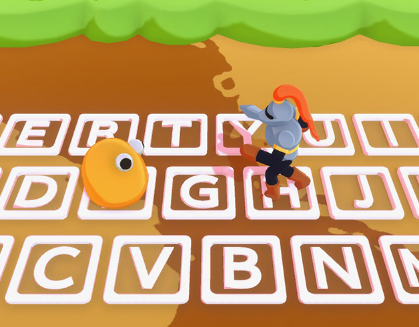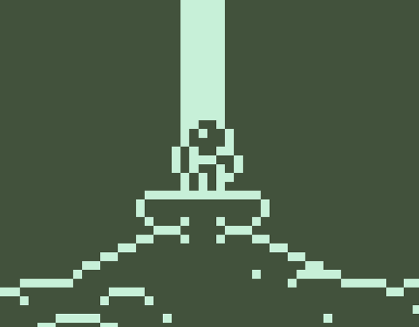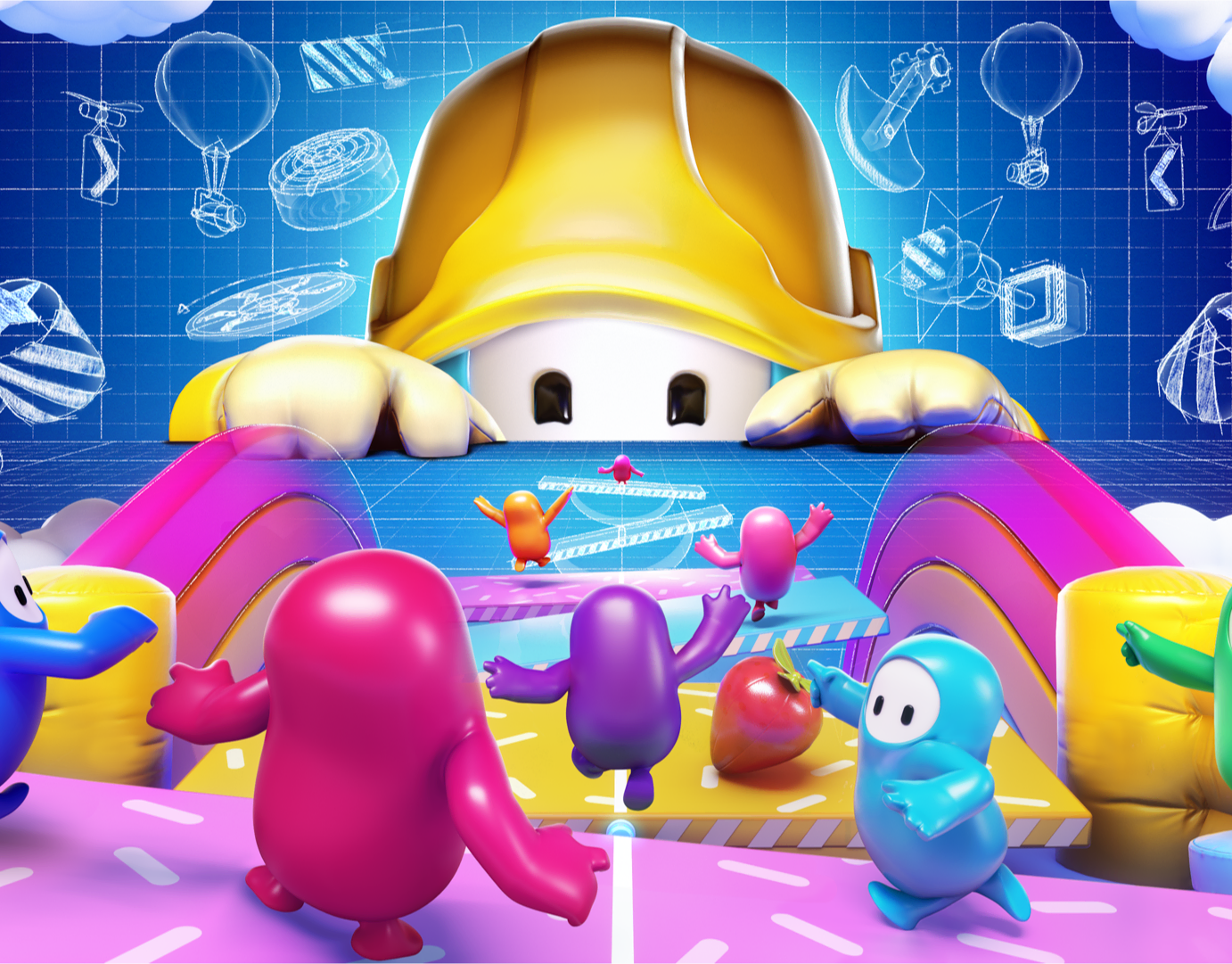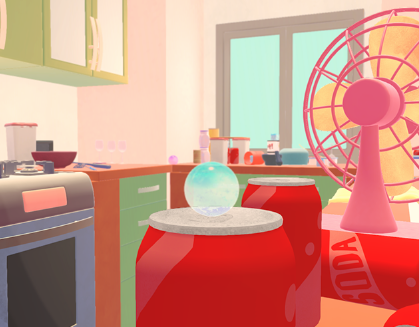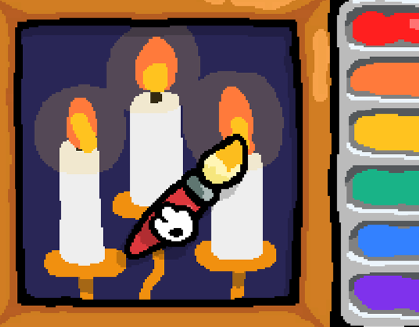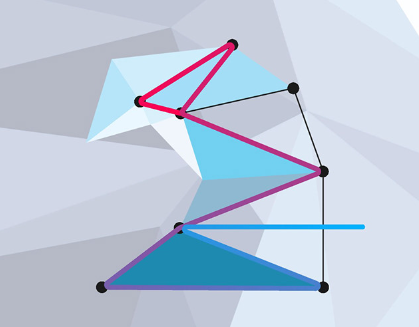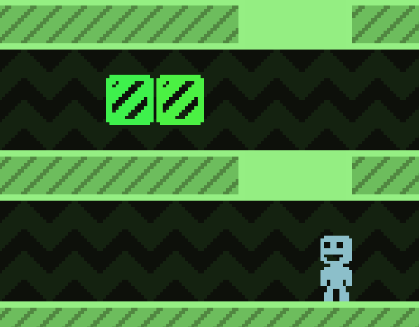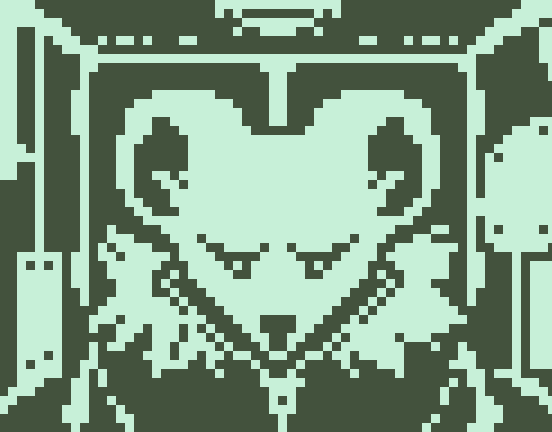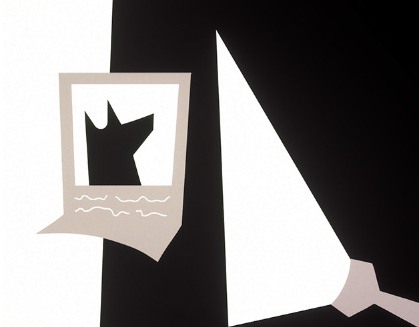About
Grooveyard is a spooky puzzle platformer originally made in 48 hours for the 2020 GMTK Game Jam by a team of 4.
A Steam release has been in development since 2021 with an expanded team of 7.
I currently own our gameplay design, UX, UI, visual direction, sprite animation, and co-own our sprite art.
The software I currently use includes Unity, Photoshop, Visual Studio (C#), Google Docs, Google Slides, Jira, Trello, and GitHub Desktop.
Media
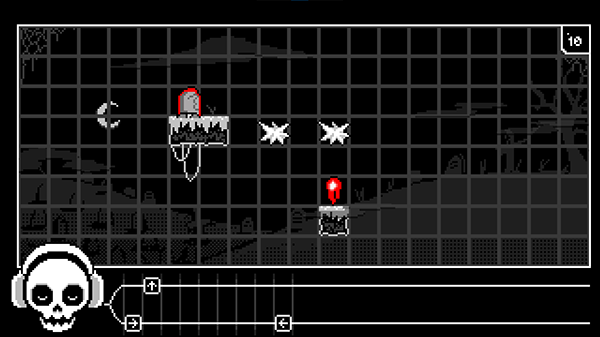
Encounter dozens of spooktacular puzzles.
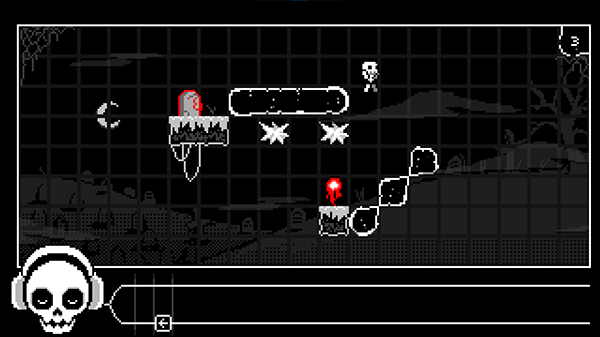
Plan ahead and build your path to the goal.
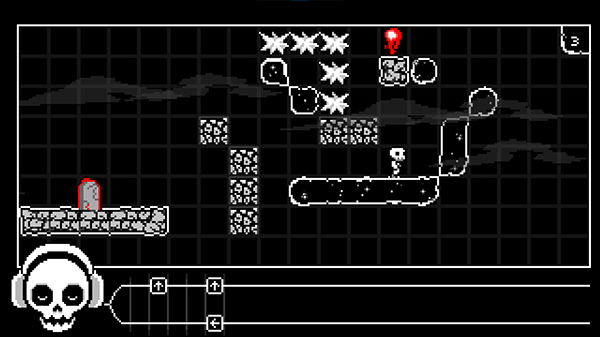
Navigate beguiling level hazards.
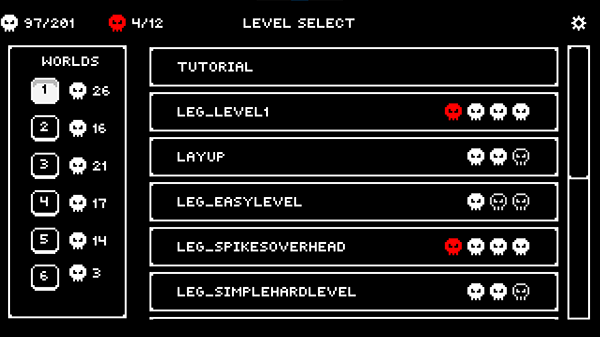
Over 50+ levels planned for the Steam release.
Process
The 2020 GMTK Game Jam's theme was "out of control."
Of course, being a game jam, we had to find a concept we liked, and fast. Fortunately our level designer already had one: what if you had to help someone complete a platformer?
It was vague, but there was potential—I knew we could make it work.

My first concept for Grooveyard.
I love trying to incorporate a game's fantasy into my designs, so properly theming our entry was the first step. Pretty quickly I arrived at the idea that our on-screen character isn't a representation of the player, but the player's boney minion. The player, of course, being a necromancer, placing tiles to guide their clueless minion to the goal.
After pitching it to the team, they were on board. All that was left was designing the game!
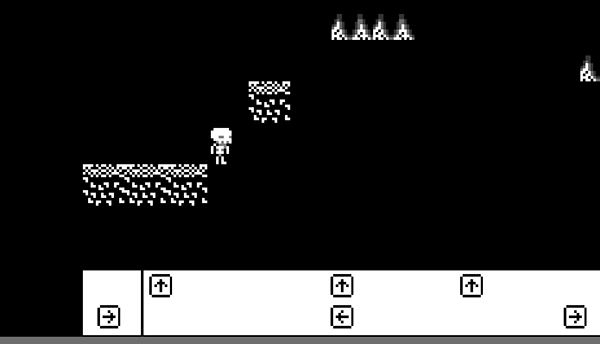
Screenshot from our first prototype.
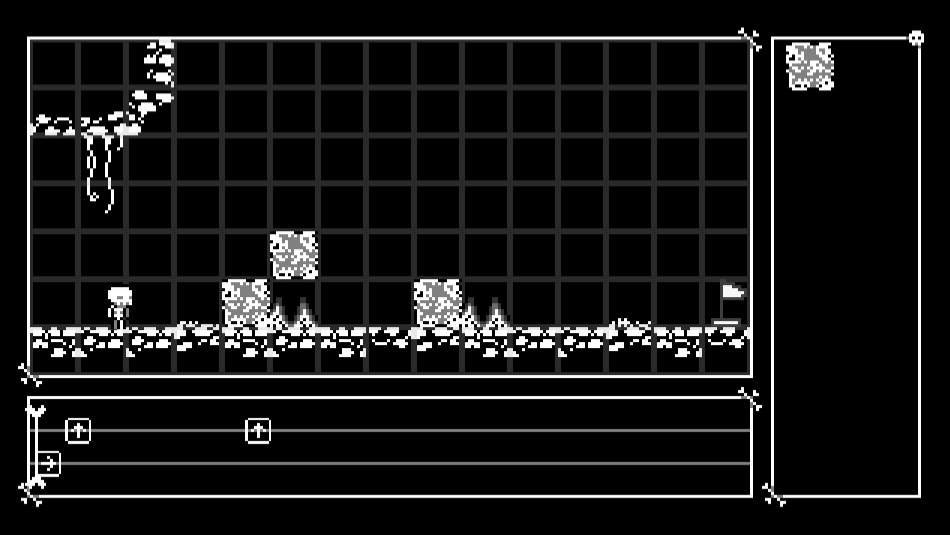
Screenshot of the jam build.
Once the results from the jam came in (we placed 9th in Fun and 10th Overall out of 5,278 entries), we felt inspired to continue working on Mausoleum Maker, or, as it soon came to be called, Grooveyard.
With our core gameplay finished during the jam, we starting working on arguably our second-strongest selling point, the heart of any good puzzle platformer: gameplay gimmicks.
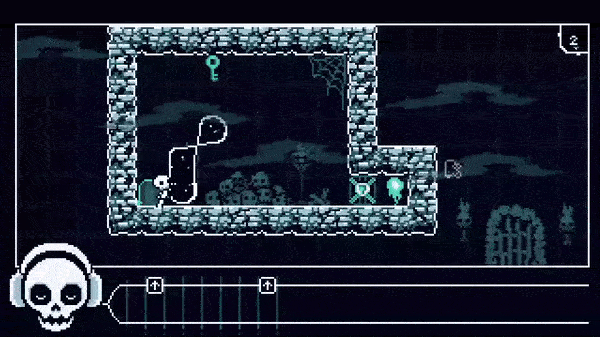
Keys, a true staple of the puzzle genre.
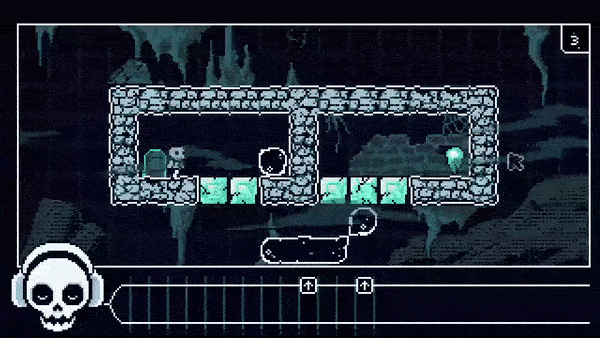
Crumbling tiles my beloved.
Keys and crumbling tiles, both your standard fare for platformers. Being our first additions post-jam, I wanted to play it safe before jumping into the deep end.
Speaking of, what other traditionally player-controlled actions could we turn into an obstacle for our players to overcome?
Like, say, wall jumping, for instance.
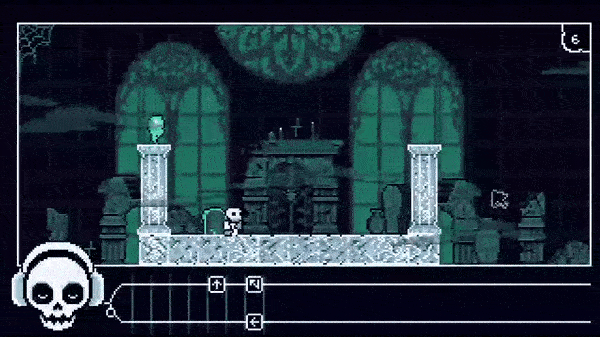
Wall jumping in action!
Our latest gameplay gimmick is, unfortunately, our last, but it's a doozy: altered gravity. But I suppose that's not quite right, as the gravity itself isn't being changed—it's the direction.
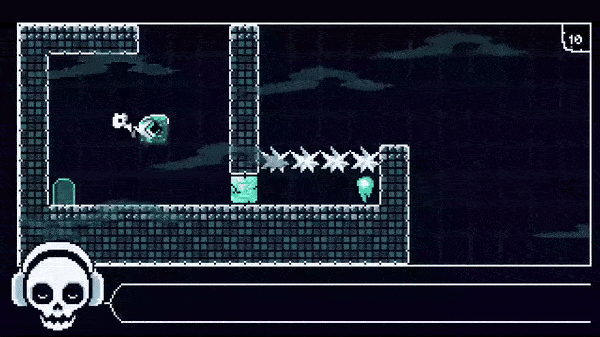
Look at our little guy go.
More

